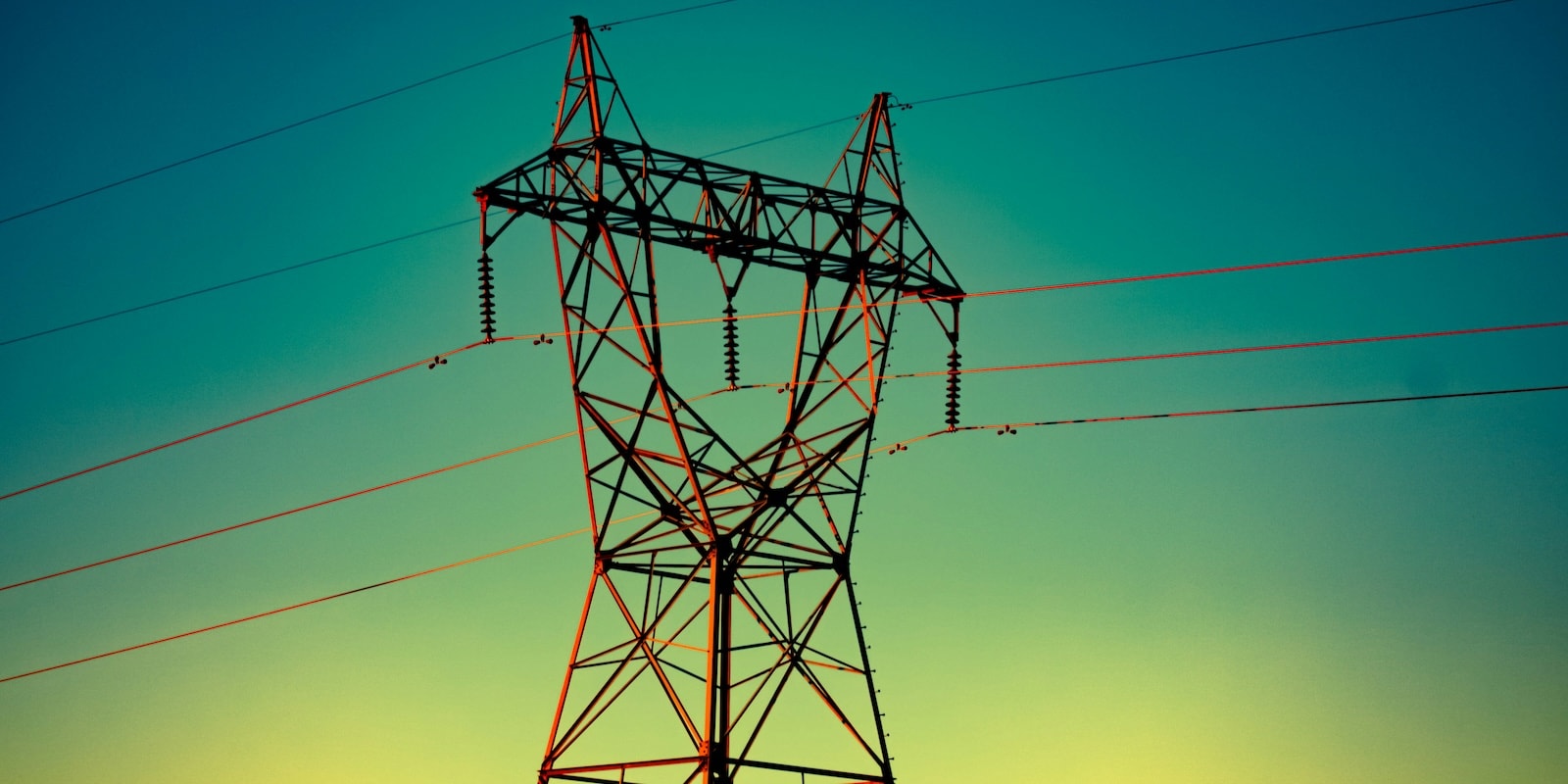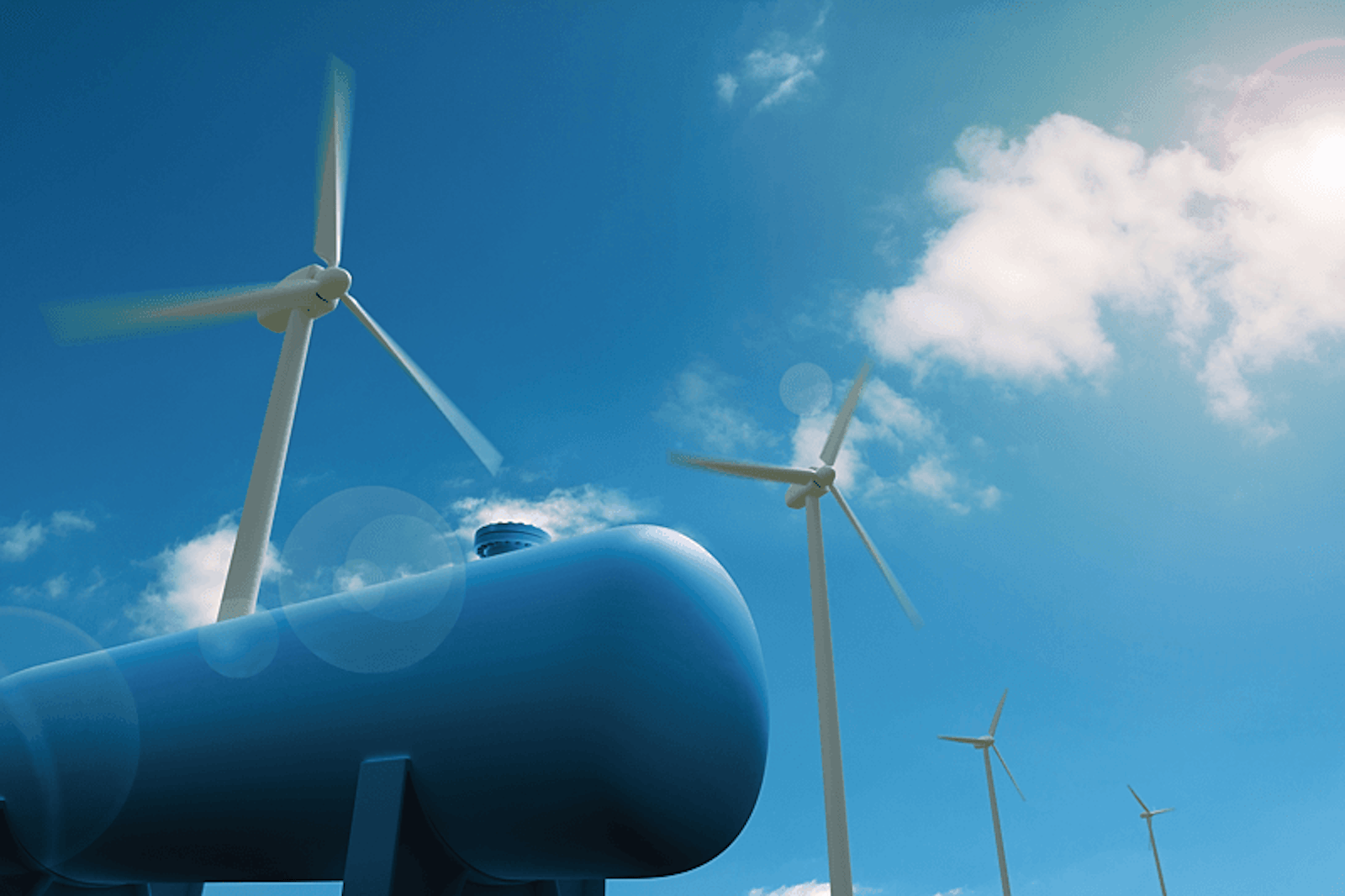Wednesday, October 8, 2025
Electrical energy is the driving force that powers modern society. From lighting our homes to running industries and enabling global communications, its presence is so essential that we often take it for granted. Understanding what electrical energy is, how it works, its key characteristics, and the sources that make it possible is essential for grasping the world around us—and for moving toward a more sustainable future.
What is electrical energy?
Electrical energy is the result of the movement of electrons. It is produced by a potential difference between two points, which allows an electric current to flow between them through a conductive material. This flow of electrons underpins the operation of all our devices and electrical systems.
Its ability to be easily transformed into other forms of energy (light, thermal, mechanical) makes it one of the most versatile and efficient energy sources we have.
Types of electrical energy
Although we often talk about "electrical energy" as a unique concept, there are different forms and manifestations:
Static electrical energy
Static electrical energy refers to the accumulation of electric charge on the surface of an object. It does not involve a continuous flow of electrons, but rather an imbalance of charges. A common example is the static shock we feel when touching a metal object, or the electrical discharges that occur during a thunderstorm.
Dynamic electrical energy
Dynamic electrical energy is the foundation of our power supply. It is generated by the continuous and controlled flow of electrons through a conductor, and it is the form distributed from power plants. Within this category, there are two main types: direct current (DC), where electrons flow in a constant direction (common in batteries, cells, and solar panels, ideal for small devices but inefficient over long distances), and alternating current (AC), in which the direction of flow changes periodically. This is the type used in power grids for homes and businesses, as it can be easily transformed into different voltages. This makes it highly efficient for long-distance transmission (with a standard frequency of 50 Hz in Spain).
Main characteristics of electrical energy
Electrical energy is exceptionally valuable for its versatility, which allows it to be easily transformed into light, heat, or motion; its ease of transport through cables to almost any location; its low environmental impact, since it generates no emissions or waste; its high controllability in flow and parameters; and its impressive transmission speed, close to that of light.
Everyday uses of electrical energy
Electrical energy is the backbone of modern life, present in nearly every aspect of our daily routines:
At home
From lighting to the operation of household appliances such as refrigerators, washing machines, televisions, and climate control systems. Domestic electricity consumption is significant. According to data from Red Eléctrica de España (REE), the electricity consumption of Spanish households represented approximately 30% of total electricity consumption in 2023.
In transportation
Electricity is rapidly gaining ground in transportation. Electric trains, trams, subways, and increasingly electric vehicles (cars, motorcycles) all depend on it. The electrification of transport is key to reducing greenhouse gas emissions.
In industry
Industry is one of the largest consumers of electricity. Heavy machinery, manufacturing processes, automation systems, and lighting all depend on a constant and reliable electricity supply. Energy efficiency in industry is a major focus for sustainability.
In communication and technology
The Internet, data centers mobile networks, computers, and all the devices that connect us to the digital world run on electricity. Without it, the era of global information and communication simply would not exist.
Sources of electrical energy generation
Electricity is not “created”; it is transformed from other forms of energy. The main generation sources are divided into:
Non-renewable sources
These include thermal power plants (coal, natural gas, oil) and nuclear power plants.
Renewable sources
These include hydroelectric, wind, solar photovoltaic, solar thermal, biomass, and geothermal energy.
In Spain, renewable generation has reached historic milestones. In 2023, renewable energies accounted for 50.8% of the total electricity generation in Spain, surpassing half of the energy mix for the first time. Wind power was the leading source, contributing 23.5%.
Advantages of electrical energy: from home to industry
Electrical energy stands out for its convenience, ease of use, high efficiency, and flexibility, as it can be generated from multiple sources, including a growing share of renewables. Moreover, it acts as a driver of technological innovation and is key to reducing emissions by enabling the decarbonization of processes, especially when its origin is renewable, pushing us toward a more connected and sustainable future.
¿Te ha parecido interesante?





